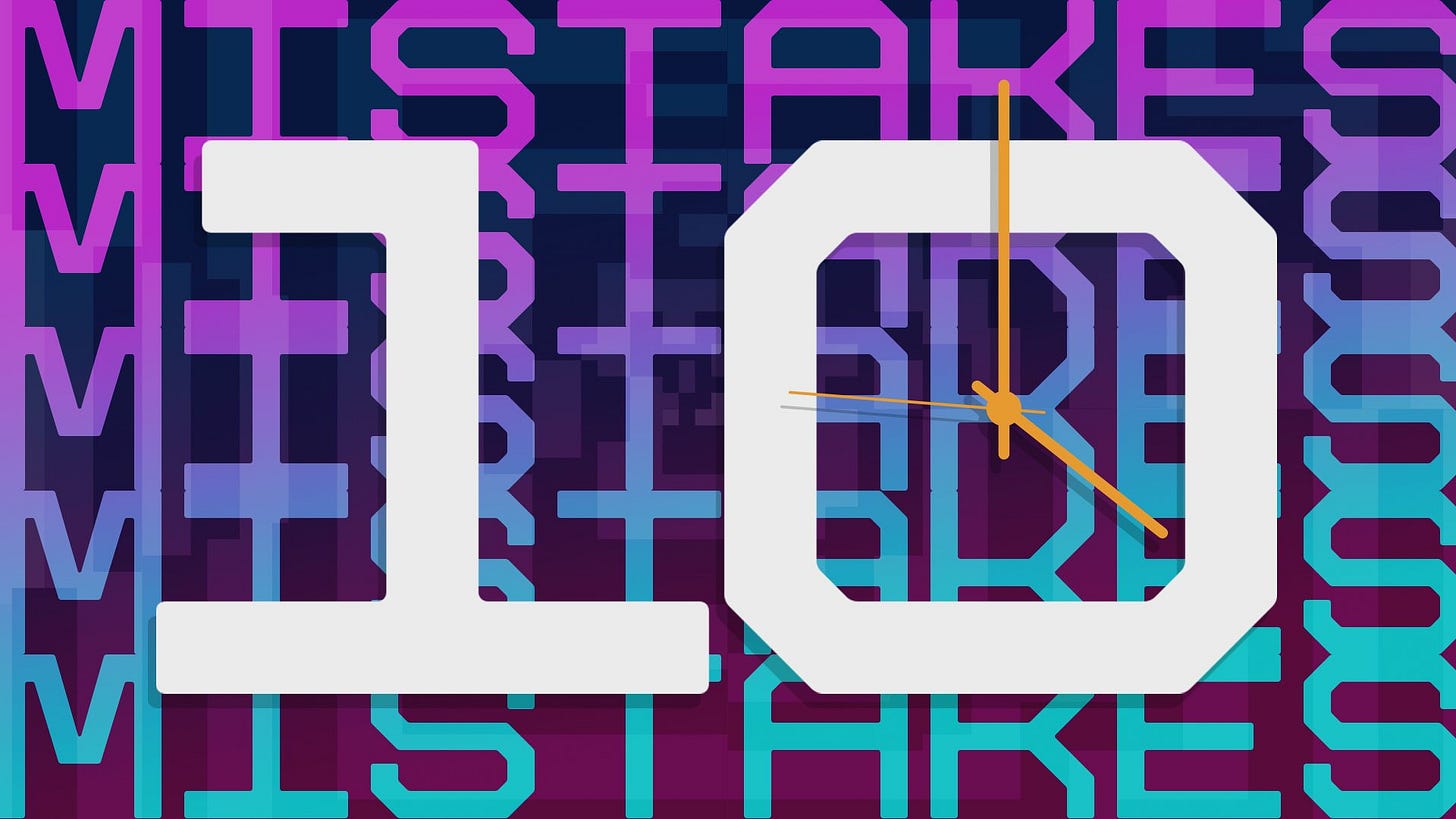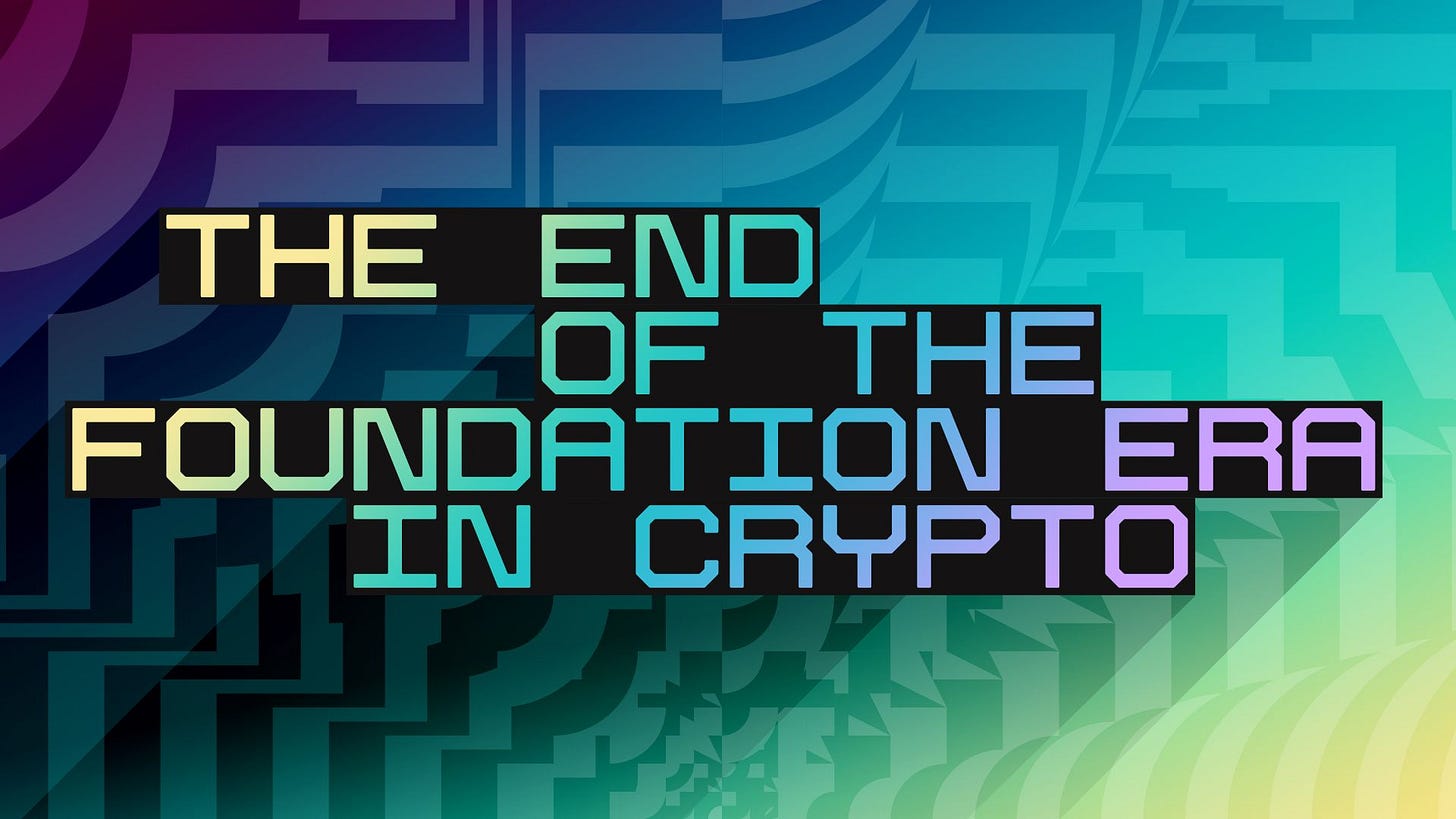Hiring? Here are 10 pitfalls to avoid
Common hiring mistakes early founders make, and a conversation with Solana co-founder and CEO Anatoly Yakovenko.
10 hiring mistakes early stage founders make — and how to avoid them
Aurora Petracca
There are a lot of pitfalls early-stage founders face when it’s time to scale their teams. Read on for how to avoid the 10 most common mistakes that can damage a startup’s chance for success — and how even bare-minimum planning can save time (and pain) later on.
1. Underestimating how much time and work recruiting will take
Founders often find themselves surprised and frustrated with how challenging it is to attract quality candidates.
2. Starting every candidate interview with a generic speech
Unless you understand a specific candidate’s motivations — what they’re interested in and why they’re speaking to you in the first place — how can you expect to effectively pitch them?
3. Overemphasizing FAANG experience
Past-company pedigree isn’t everything. Many companies — not just big tech companies like those in FAANG (Facebook, Amazon, Apple, Netflix or NVIDIA, and Google) — have strong brands and engineering programs to attract talent. And not everyone who thrives in the structure of a FAANG company will necessarily do well at a scrappy crypto startup.
The end of the foundation era in crypto
Miles Jennings
With new U.S. regulatory frameworks emerging in Congress, the crypto industry has a rare opportunity to leave foundations, and all of the friction they cause, behind.
Foundations are nonprofit organizations that support the development of a blockchain network. At one time, they were a clever legal pathway to progress; but today, few things slow founders down more through misaligned incentives, operational inefficiencies, and other shortcomings.
An industry seeking to scale and challenge Big Tech, Big Banks, and Big Government cannot hinge on altruism, charitable funding, or vague mandates. If the crypto industry is to fulfill its promise, it must mature beyond structural crutches that no longer serve it.
So what can crypto projects do instead? And how can they make the shift from foundations to a model that creates more and better efficiencies — from deploying capital to attracting talent — instead of one that gets in the way?
Read more on why we needed foundations, and a better path forward
AI vs. ID: Proof of human in a world of agents, bots, and deepfakes
In a world where AI — agents, bots, deepfakes, and so on — act as and on behalf of people, we need to be able to prove who’s human (and who’s not) online… aka “proof of human". The topic also made the cover of Time Magazine last week, spotlighting an increasingly important technological challenge.
And yet proving someone is human online is a tricky problem. So in this deep dive, we cover frequently asked questions, myths, and misconceptions; how it all works under the hood; and the new design and app opportunities presented when privacy is the default.
The experts joining us are a16z crypto CTO Eddy Lazzarin, Adrian Ludwig (Tools for Humanity), and Remco Bloeman (World), in conversation with editor in chief Sonal Chokshi.
Near-death brushes and a need for speed: Inside the Solana story, with Anatoly Yakovenko
Anatoly shares his personal journey, along with the origin and evolution of Solana, on the latest episode of our podcast. From late-night eureka moments to several near-death startup experiences, Toly reveals what it took to get the network off the ground, how his engineering background at Qualcomm shaped its design, and his views on developer culture and engineering tradeoffs.
This conversation with a16z crypto general partner Ali Yahya took place on stage at our most recent Crypto Startup Accelerator, where Toly also shared how a need for speed — and the willingness to ship, iterate, and rethink everything — can give startups an edge.
More news and updates
Market structure: Last week, bipartisan leaders in the U.S. House of Representatives introduced the latest version of the Digital Asset Market Clarity (CLARITY) Act to establish a regulatory structure for digital asset markets, and create a cohesive plan for oversight. A successor to Financial Innovation and Technology for the 21st Century Act (FIT21), the act aims to make regulating crypto in the U.S. much clearer for everyone working in the industry. This is the second of two major efforts this year to bring regulatory clarity to the space — the first being the GENIUS and STABLE acts, which focused on stablecoin regulation.
Alpenglow: The Solana Foundation introduced Alpenglow, a ground-up rewrite of Solana's consensus algorithm, at the Accelerate conference in NYC last week. Alpenglow — which aims to make Solana faster and more maintainable via a formally verified consensus implementation — leverages existing parts of the current protocol, like Rotor (fka Turbine), and introduces clear roles for block producers, relays, and validators. Read the Alpenglow paper, and CEO and co-founder Anatoly Yakovenko’s breakdown.
Protocol: Earlier this week, the Ethereum Foundation announced plans to rethink its approach to designing, developing, and stewarding the protocol. The change will rename the Protocol R&D teams to Protocol, and it will focus their energy between three core verticals: L1 scaling, blob (L2) scaling, and UX. With this change, Ethereum can push forward on its L2 vision while also improving the underlying L1. The UX team will also be able to push UX upgrades, building on the momentum of recent changes such as EIP-7702.
Stablecoins? Stablecoins.
— a16z crypto editorial team
You’re receiving this newsletter because you signed up for it on our websites, at an event, or elsewhere (you can opt out any time using the ‘unsubscribe’ link below). This newsletter is provided for informational purposes only, and should NOT be relied upon as legal, business, investment, or tax advice. This newsletter may link to other websites or other information obtained from third-party sources — a16z has not independently verified nor makes any representations about the current or enduring accuracy of such information. Furthermore, the content is not directed at nor intended for use by any investors or prospective investors in any a16z funds. Please see a16z.com/disclosures for additional important details, including link to list of investments.



